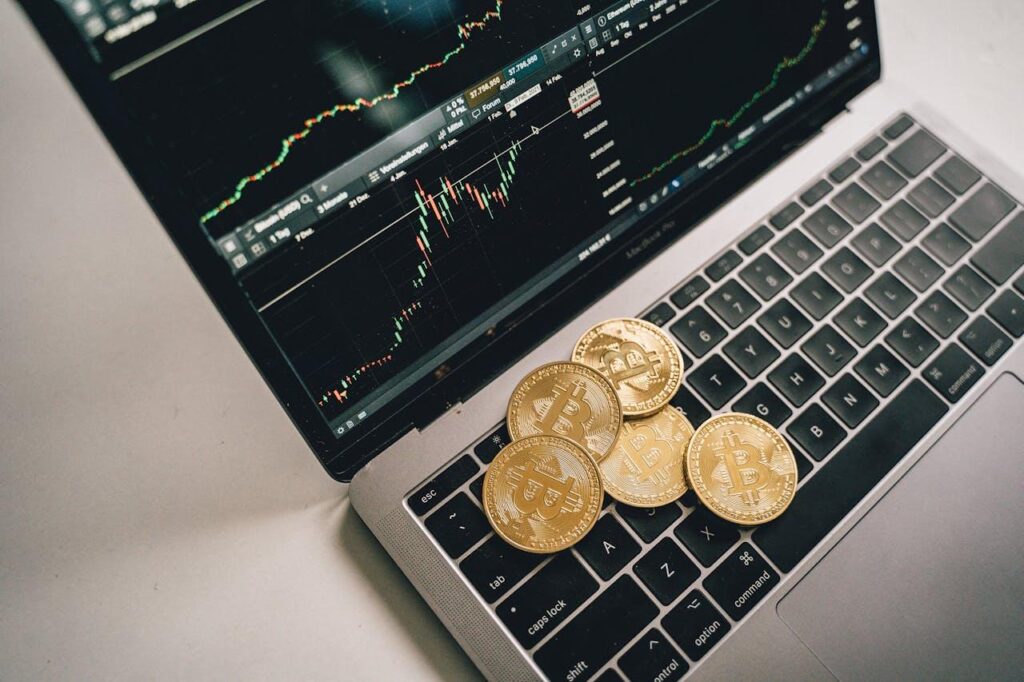The world of forex trading has grown significantly in Australia, attracting individuals seeking to take advantage of global currency fluctuations. With round-the-clock access, regulated platforms, and evolving trading tools, Forex trading Australia offers both new and experienced traders an opportunity to participate in one of the world’s most active financial markets.
What Is Forex Trading?
Forex, or foreign exchange trading, is the act of exchanging one currency for another with the aim of profiting from price movements. Traders analyze and speculate on exchange rates of currency pairs such as AUD/USD or EUR/JPY, attempting to forecast how values will shift over time based on economic and political events.
This global market operates five days a week, 24 hours per day, with continuous trading across various regions. However, not all trading sessions are equally favorable. The best trading opportunities usually occur when major financial markets overlap—particularly during periods when Sydney intersects with Tokyo or London. These overlapping hours generally offer higher volume and tighter spreads, making them ideal for active traders.
Getting Started: How to Begin Forex Trading in Australia:
Starting your forex journey in Australia is relatively simple, especially with the country’s strong regulatory framework. Here’s how you can get started:
1. Choose a Regulated Broker
Look for a platform that complies with the standards set by the Australian Securities and Investments Commission (ASIC). ASIC-regulated brokers are required to follow strict financial guidelines, which provide increased protection and transparency for traders.
2. Open a Trading Account
To register an account, traders must complete a verification process. This typically includes submitting official identification documents and proof of address. These steps are necessary to ensure compliance with local financial laws and to help protect user security.
3. Use a Demo Account for Practice
Most platforms offer demo accounts that simulate live market conditions. This gives traders an opportunity to explore features, test strategies, and become familiar with order types before investing actual capital.
Key Features to Look for in a Forex Trading Platform:
Selecting the right trading platform is vital to your success and comfort as a trader. While there are many tools and features available, here are some essentials:
- Order Functions: A quality platform should allow traders to set stop-loss, take-profit, limit, and market orders. These tools help manage risk and automate parts of your strategy.
- Mobile Functionality: Many traders prefer the flexibility of managing trades on the go. Ensure your chosen platform provides a mobile app that offers full functionality with responsive navigation.
- Technical Tools: Features such as real-time charting, indicators, and drawing tools support effective technical analysis.
- Ease of Use: A clean and intuitive interface helps streamline the trading process and reduces errors.
- Educational Resources: Platforms that offer built-in tutorials, market updates, and trading courses can significantly aid your learning curve.
Forex CFDs and Leverage Explained:
A common way to engage in the forex market is through Contracts for Difference (CFDs). CFDs allow you to speculate on price movements without directly owning the underlying currencies. One major advantage is the ability to use leverage, enabling traders to control a larger position with a relatively small amount of capital.
That said, while leverage can amplify gains, it also increases the potential for loss. As such, new traders should use leverage conservatively and always understand their risk exposure.
Benefits of Forex Trading in Australia:
Australian traders enjoy several advantages:
- Legal and Regulated Environment: Forex trading is fully legal in Australia and closely monitored by ASIC, which ensures that platforms operate ethically and securely.
- Flexible Trading Hours: The forex market is open 24/5, allowing traders to enter and exit positions at their convenience.
- Low Capital Requirements: Starting amounts can vary, but many platforms allow users to begin with a modest deposit—suitable for those wanting to learn without committing large sums.
- Global Market Access: Traders can access dozens of currency pairs and capitalize on both rising and falling markets.
Essential Risk Management Tips:
Managing your risk is key to long-term profitability. Below are some key techniques:
- Control Position Size: Never risk more than a small portion of your trading capital on a single trade—commonly between 1% and 2%.
- Set Clear Boundaries: Use stop-loss and take-profit orders to define your exit points in advance.
- Stay Diversified: Avoid placing all of your capital into a single currency pair. A well-diversified approach spreads risk across different instruments.
- Use a Strategy: Make informed decisions based on market research and analysis. Avoid emotional or impulsive trading.
- Track Your Progress: Keeping a detailed trading journal helps you identify strengths, spot recurring mistakes, and refine your methods over time.
When Is the Best Time to Trade Forex in Australia?
The forex market may be open all week, but not every hour offers optimal trading conditions. For Australian traders, the best times to participate are during overlapping sessions—specifically when Sydney overlaps with Tokyo or London. These hours tend to offer increased liquidity and more reliable price movements, making them ideal for implementing intraday strategies.
Conclusion:
Forex trading in Australia presents significant potential for those who approach it with preparation and discipline. From strong regulatory oversight to flexible trading tools and global market access, Australians have the infrastructure and resources to pursue currency trading professionally or part-time.
With the right broker, platform, and strategy, you can build a consistent approach that aligns with your goals—whether you’re trading for extra income, long-term growth, or financial independence.
Frequently Asked Questions (FAQs):
Q1: Is forex trading legal in Australia?
Yes. Forex trading is legal and regulated in Australia under the supervision of the Australian Securities and Investments Commission (ASIC), which ensures that brokers follow strict compliance standards.
Q2: How much money do I need to start trading?
Many brokers allow traders to begin with relatively low deposits. Your starting capital should reflect your risk tolerance and your willingness to invest in learning and developing a trading plan.
Q3: What are currency pairs?
Currency pairs represent the value relationship between two currencies, such as AUD/USD or EUR/JPY. Traders predict whether one currency will strengthen or weaken relative to the other.
Q4: When is the best time to trade in Australia?
The most favorable trading conditions are typically during times when major markets overlap—for example, when the Sydney session crosses with the Tokyo or London session. These times usually offer higher volume and better pricing.
Q5: What features should I look for in a trading platform?
Choose a platform that offers robust order functions (like stop-loss and limit orders), mobile trading support, real-time analysis tools, and a user-friendly interface that suits your trading needs.




